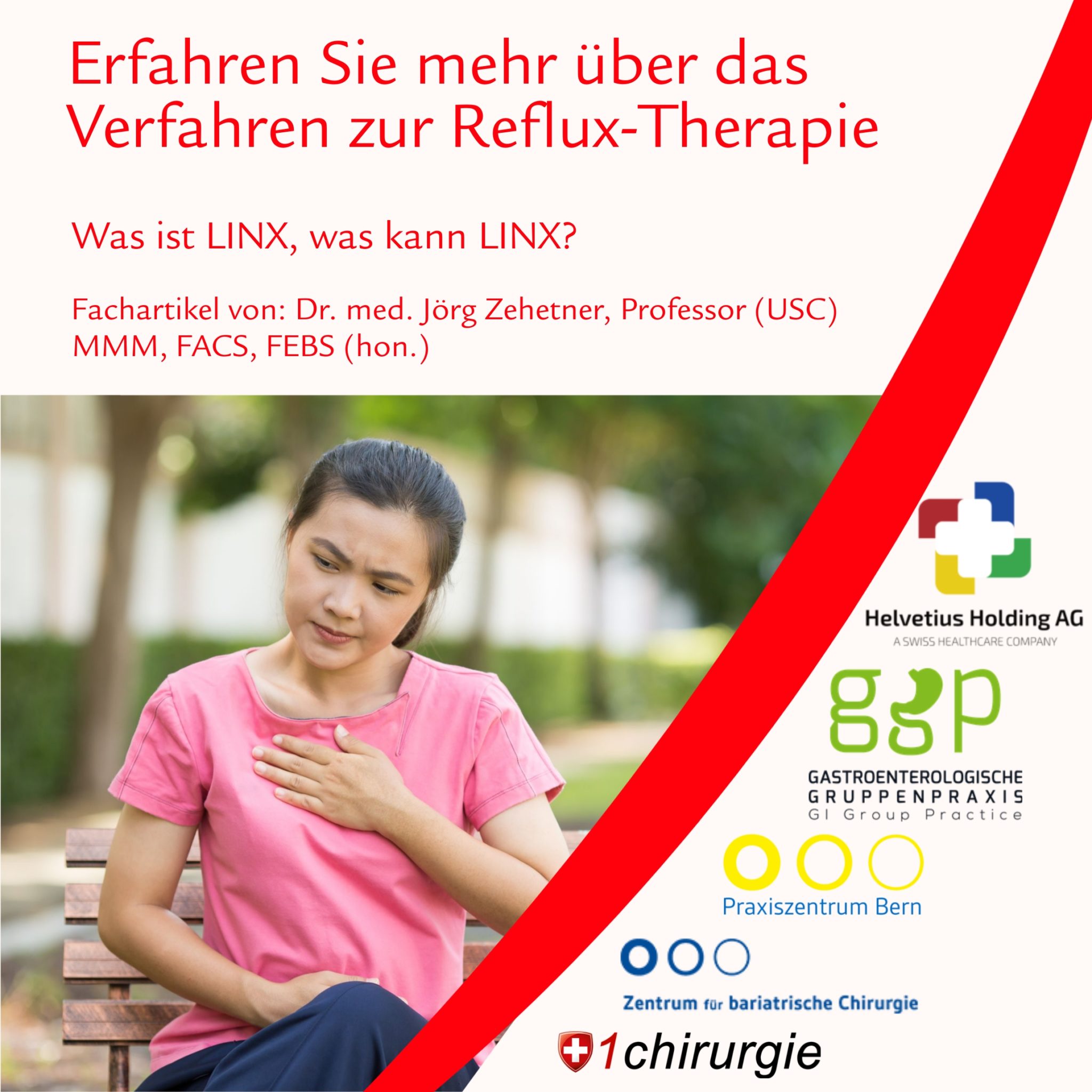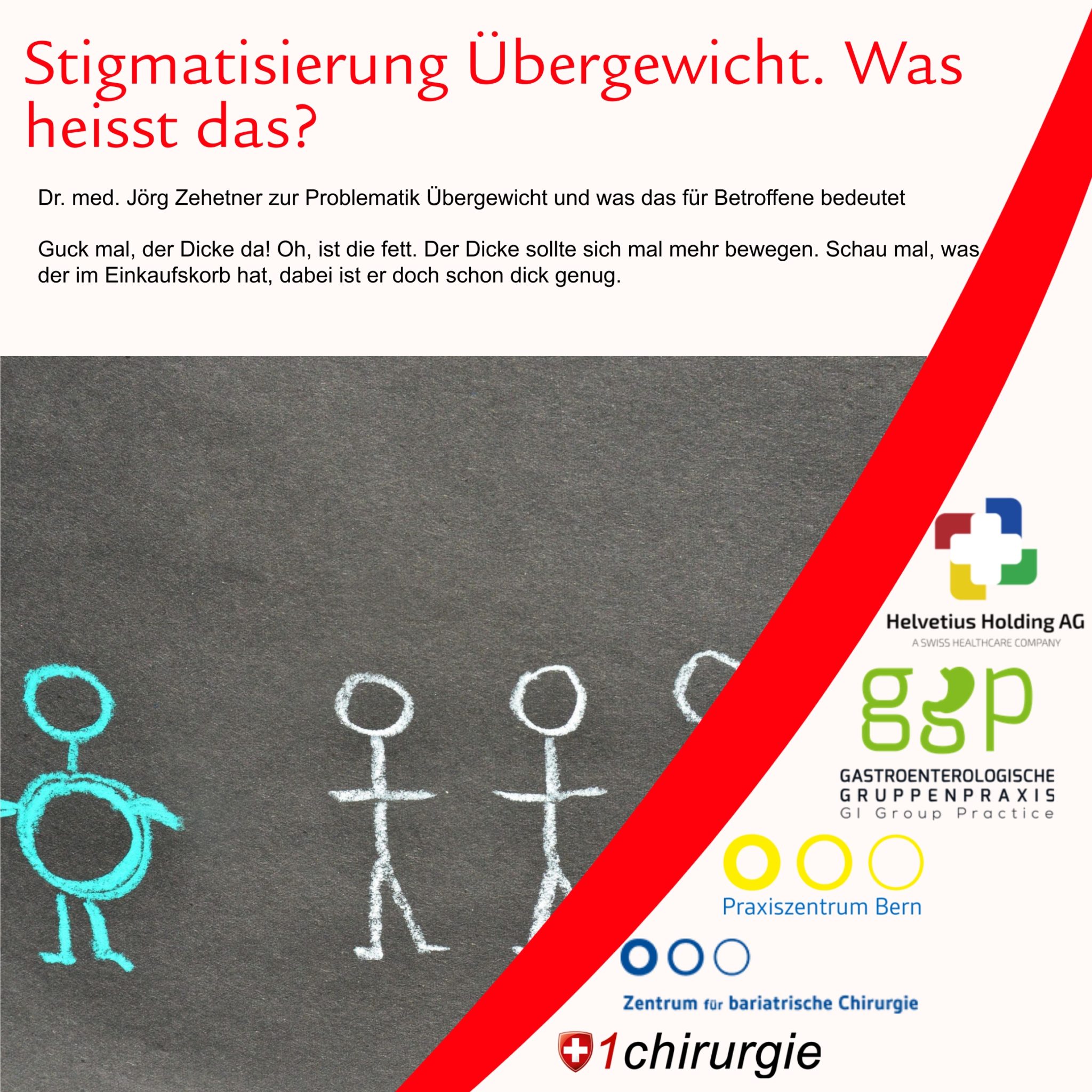https://hernien.podigee.io/1-neue-episode/embed?context=external&theme=default
Welcome to the new Swiss1Chirurgie podcast. In the current podcast of the Hernia Centre of Swiss1Chirurgie, we look at the topic of hernias today. The focus will be on inguinal hernias and therapy with the 3-D net.
My name is Jörg Zehetner. This podcast series is intended as patient information for those affected and all those who would like to deal with the topic of hernias.
First of all, it must be clarified what inguinal hernias are.
Inguinal hernias are weaknesses in the abdominal wall in which the abdominal wall tissue tears and organs behind it break through the abdominal wall completely or partially. In an inguinal hernia, this breakthrough through the abdominal wall takes place in the groin area.
Such hernias are mainly diagnosed in men. Women around the age of 50 can also be affected by hernias. Outwardly conspicuous are bulges in the groin area, which appear more or less clearly.
Now the question arises as to how hernias actually occur.
Inguinal hernias can already be observed in newborns. The reason for this is that in male babies, for example, the abdominal wall in the area of the spermatic cords has not yet closed completely. Such hernias are treated surgically after diagnosis in the first year of life.
In contrast to hernias in newborns, hernias in men are mostly seen between the ages of 40 and 50. Men aged 60 and over suffer most frequently from inguinal hernias.
Basically, the cause of every inguinal hernia, regardless of age or gender, is due to a weakness in the abdominal wall in the groin area.
How do inguinal hernias make themselves felt?
A hernia can often be suspected when there is persistent mild to moderate pain in the groin area. This pain can also be severe and stabbing. Often the pain radiates into the thigh and, in men, into the testicles. The pain is most noticeable when carrying heavy loads or as stabbing or pulling pain when working overhead.
If such pain is repeatedly felt in the indicated areas, a more precise diagnosis by the family doctor or the specialised specialist is recommended.
How are inguinal hernias diagnosed?
Experienced surgeons can already make a reliable diagnosis by palpating the groin area. In this procedure, the surgeon places his hand in the patient’s groin and makes him cough willingly. The coughing thrust causes the hernia to bulge in the affected region and can be felt.
It is worth noting that there are also hernias that are not reducible. This means that such hernias cannot be pushed back to their original position by applying light pressure. Then the bulges remain outside the abdominal wall, which not infrequently can also lead to incarceration.
Incarceration of a hernia is an acute complication and must be treated surgically immediately, if possible on the same day. Prolonged entrapment, especially of parts of the intestine, can significantly restrict or even completely stop blood flow to the organs. In the final consequence, this leads to considerable circulatory disturbances and even to the death of parts of the affected organ. This ultimately means a perforation, as a leakage, of the small intestine with life-threatening consequences. Such consequences are dangerous peritonitis and other serious complications. Partly because of these complications, hernias should always be taken very seriously, as they pose a serious threat to the health and, in extreme cases, the life of the patient.
In the case of rather asymptomatic hernias, which are neither noticed nor felt by the patient, it is possible to continue to wait and observe. However, if there is occasional stabbing or pulling pain in the groin area, a thorough examination by a specialist is also urgently required. This is the only way to reliably assess the urgency of further medical and surgical measures.
If the symptoms are unclear, which is often the case with very overweight patients, for example, the surgeon can use ultrasound examination in the groin area to make a more precise assessment of the disease pattern. An abdominal CT, i.e. a computer tomography of the abdominal area, or a magnetic resonance examination can also provide information about hernias that are not recognised or cannot be clearly diagnosed.
Inguinal hernias often occur on both sides. If there is a large hernia on one side, there is a good chance that there is a smaller or equally large hernia on the other side of the body. For this reason, both sides are always examined if an inguinal hernia is suspected, even if the hernia itself is initially only felt by the patient on one side. In this context, a bilateral correction of the abdominal wall is recommended, although the pain and discomfort may only be observed on one side.
The surgical treatment of inguinal hernias
Depending on the age of the patient, the size of the hernia, the general condition and the previous cardiological findings, an inguinal hernia is operated on either openly or laporoscopically, i.e. with a minimally invasive procedure.
Open surgery is preferred for very large fractures. This is also true if the fractures extend into the scrotum in men or if there is a previous cardiological condition. A recurrent hernia is also treated in an open operation. A recurrent hernia is a hernia closure operation that has already been performed, but was unsuccessful.
A laporoscopic correction of the inguinal hernia is the gentler therapy for primarily normal-sized inguinal hernias. This is a so-called keyhole operation, which is performed through quite small incisions.
Swiss1Chirurgie uses a unique technique in laporoscopic therapy. A small incision is made at the upper edge of the navel. A small camera is inserted through this opening behind the abdominal muscle on the right side. By forcing in CO2 gas, a space is created between the peritoneum and the abdominal muscle. In this way, the abdominal cavity can be excellently viewed in the direction of the groin and surgically evaluated.
Due to a special blunt surgical technique, nerves, tissue and veins can be well protected. Once sufficient space has been created in the groin area, the organs can be pushed back into their original position.
The nets are then inserted to close the openings in the abdominal wall. These nets reliably and permanently close the openings in the abdominal wall. For the nets, Swiss1Chirurgie relies on products from the company Bard, which are already three-dimensionally preformed. Hence the term 3-D net therapy. These ultra-light nets are offered in three sizes, so that practically all hernia sizes can be treated with them.
In addition to the sizes small, medium and large, the nets are also prepared for left-sided or right-sided use. The decision on which size to use is up to the operating surgeon and depends on the size of the hernia and the quality of the surrounding tissue.
Bard’s 3-D nets are made of a very light and non-decomposing polypropylene and are fixed to the abdominal wall by a special adhesive for small to medium-sized hernias. All surgeons at Swiss1Chirurgie use the same techniques.
Only in the case of large hernias is the net additionally fixed to the abdominal wall with polypropylene staples to reliably exclude slippage. Both the use of fibrin glue and the fixation with polypropylene staples enable quite painless therapies.
In the normal course of healing, the 3-D nets grow into the surrounding tissue so that long-term closure of the hernia can be achieved without the recurrent hernias already described.
Postoperative hernia therapy
Patients usually experience mild pain for about one to two days after the operation. After this time, the patients can usually already be discharged home. Painkillers in tablet form make the days after the operation easier and are adjusted individually.
After a hernia operation, it is important for patients to take it easy for about three weeks. During this time, sports, physical exertion, heavy lifting or stretching should be consistently avoided.
The surgical incisions on the skin are closed with self-dissolving glue or sutures so that normal body care and hygiene is possible immediately after the operation. Showering is also no problem with it. However, bathing and swimming should be avoided for at least two weeks.
What is the risk of suffering the same hernia again after such an operation?
This question is asked by many patients. Thanks to the modern surgical techniques used and the fitting of a 3-D net hernia closure, the risk of a recurrence of an inguinal hernia at the operated position is virtually eliminated. Only about one percent of the patients treated in this way will have a similar inguinal hernia again. This means that 99 out of 100 appropriately treated patients can live free of symptoms and complaints. This means that the success rate is extraordinarily high and the risk of a recurrence of a hernia is minimal.
If you have already been treated for inguinal hernia in another clinic or hospital outside of Swiss1Chirurgie and continue to suffer from pulling or stabbing pain, we recommend that you visit one of our practices. This allows us to make a second professional assessment of your specific situation. However, most hernias that have been treated surgically do not require follow-up by the general practitioner or specialist.
Thus, after about three weeks after the operation, patients can again bear a normal load and in most cases can also return to full professional life.
For further questions about inguinal hernias and the therapeutic options, please feel free to contact the specialists at Swiss1Chirurgie. To do so, use the contact options at www.swiss1chirurgie.ch or call one of our clinics.
Thank you for your attention!
This podcast is part of the Helvetius.Life podcast series.
Helvetius.Life is the magazine of Helvetius Holding AG.This is where Swiss1Chirurgie, the Centre for Bariatric Surgery ZFBC, the Gastroenterology Group Practice GGP and the Bern Clinic PZB combine their expertise and services in the interests of our patients’ health.
With Helvetius.Life we inform you about exciting topics from the specialist areas of the clinics and practices, provide insights into the work of specialists, show you what we can do in patients’ testimonials and present new findings, therapies and scientific research results.
We would also like to recommend our website
www.swiss1chirurgie.ch or our app, which you can also find at www.swiss1chirurgie.ch.



